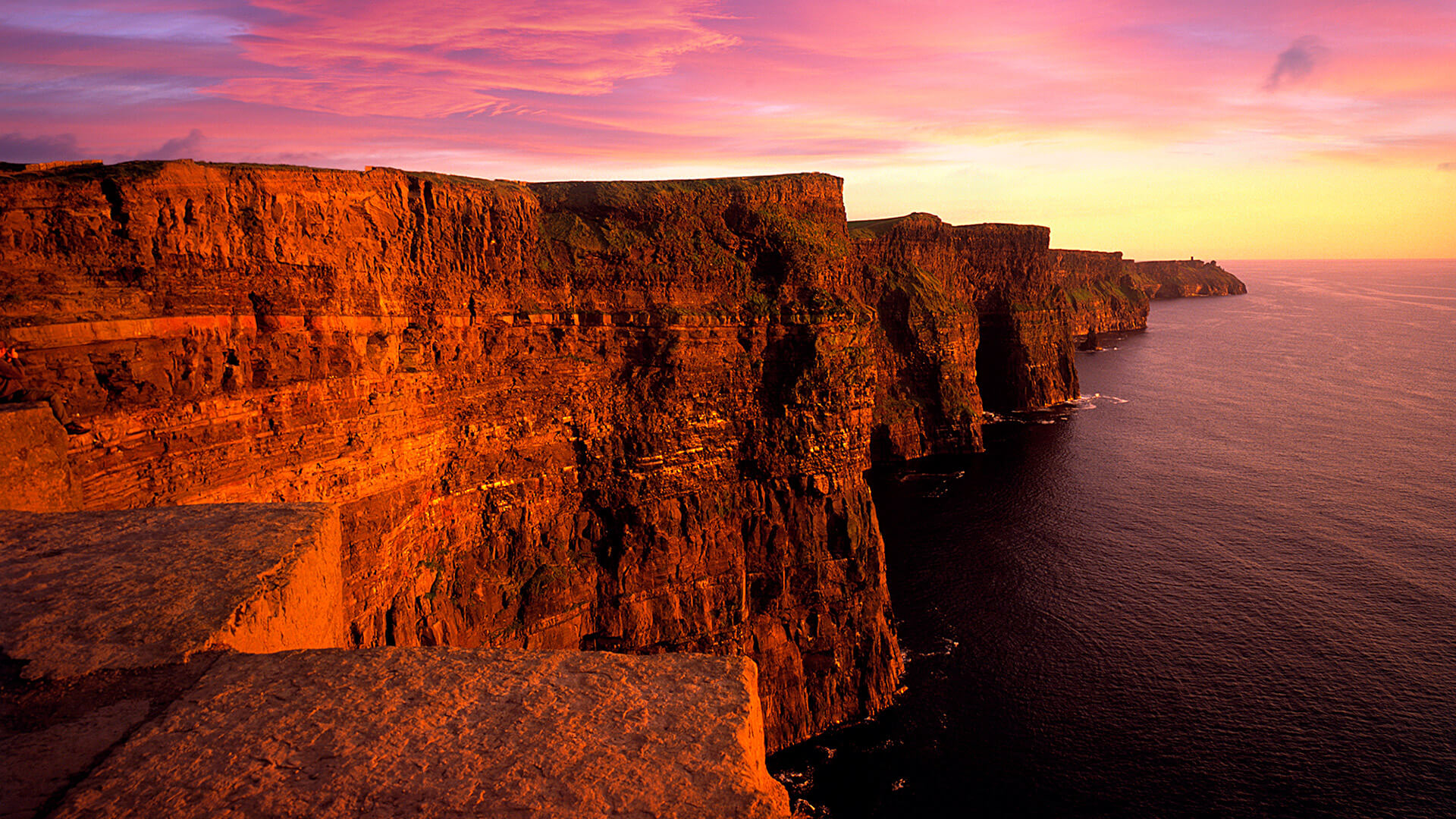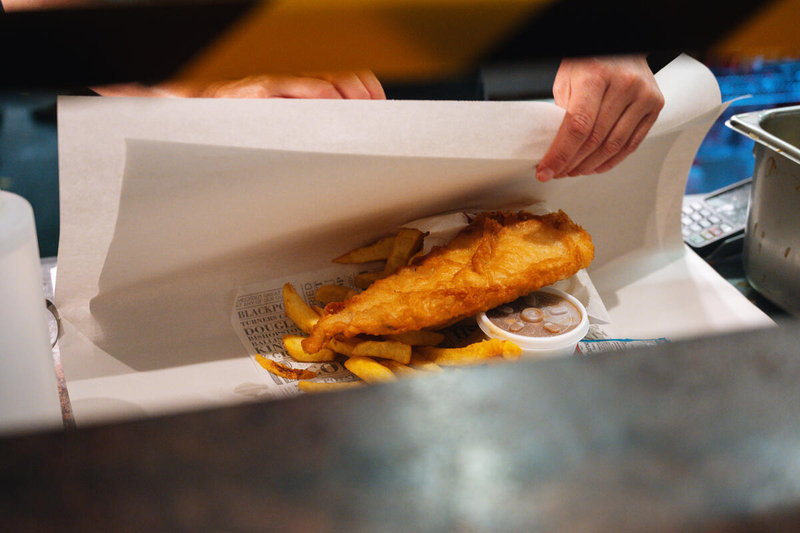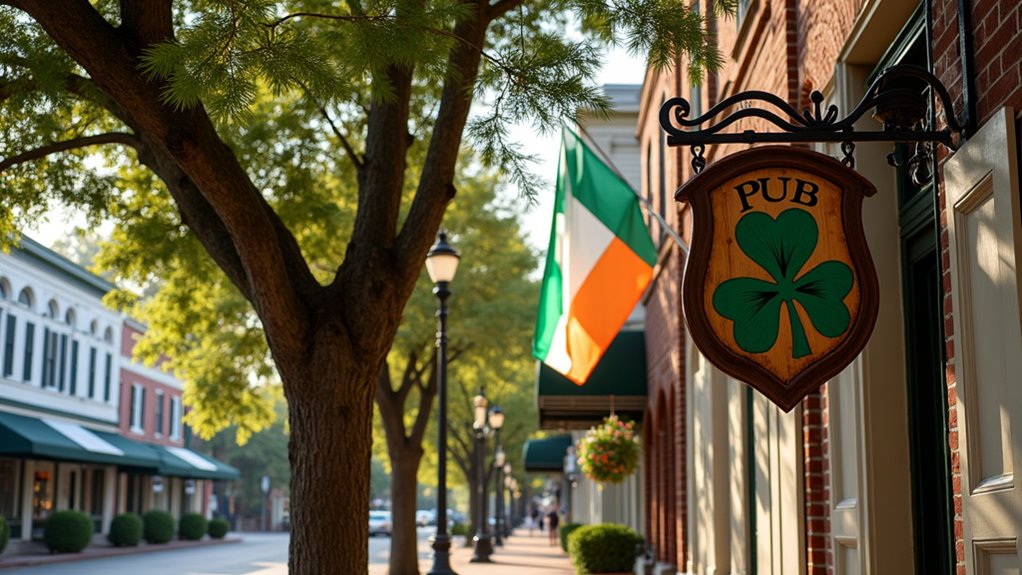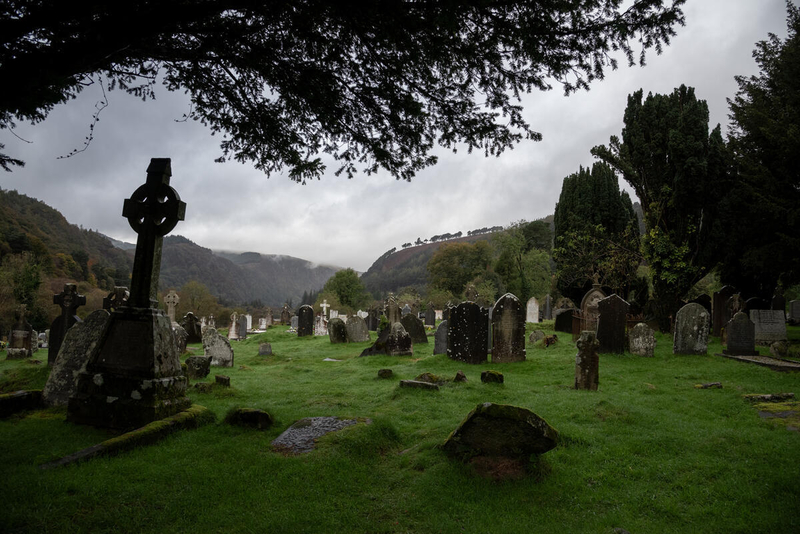The ribbon of tarmac that traces Ireland’s western edge, 2,500 kilometers of it, give or take, depending on how many wrong turns you take and whether you count that detour to find a decent coffee, is less a single road than a collection of coastal fragments stitched together by ambition and tourism boards.
Officially launched in 2014, the Wild Atlantic Way stretches from Inishowen Peninsula in County Donegal down to Kinsale in County Cork, threading through nine counties and three provinces. What distinguishes it from other scenic drives isn’t just the 157 discovery points someone methodically marked along the way, or even the marketing claim that it’s one of the world’s longest coastal touring routes.
It’s the accumulated weight of 23,000 meters of elevation gain, nearly three times Everest’s height, spread across cliffs and peninsulas and mountain curves that test your brake pads and your resolve.
The math is straightforward if intimidating: cover 100 kilometers daily and you’ll need 25 days to complete it. But that calculation assumes you won’t stop at fishing villages serving Guinness in pubs older than most countries, won’t pull over at Downpatrick Head because the light hit the sea stacks just right, won’t spend an unplanned afternoon at some ancient stone circle on the Mizen Peninsula because the woman at the petrol station mentioned it.
The best journeys aren’t measured in kilometers covered but in unplanned detours that derail your entire itinerary.
The route contains over 1,000 attractions and more than 2,500 activities, which sounds suspiciously like someone got ambitious with a spreadsheet, but the sheer density of things worth seeing, the Cliffs of Moher, Dingle Peninsula, Skelligs Viewpoint, makes procrastination inevitable.
What changes people isn’t the famous landmarks, though those deliver. It’s the stretches between them: rugged roads so quiet you forget other humans exist, harbors tucked into bays where locals still greet strangers with genuine warmth rather than tourist-industry polish. Americans increasingly seek these soul-stirring landscapes as an alternative to overcrowded European destinations like Paris.
Two International Dark Sky Parks, Kerry and Mayo, offer stargazing that reminds you how much darkness we’ve surrendered elsewhere. The slow pace required, whether you’re cycling, motorcycling, or driving, forces an uncomfortable intimacy with landscape and yourself.
Hours alone with sea cliffs and ancient woodlands tend to strip away whatever you thought was urgent back home. The trail promotes sustainable tourism practices that preserve the coast while supporting local economies in rural communities that depend on the millions of visitors drawn here annually.
The Wild Atlantic Way markets itself as adventure, which it is, but accidentally functions as therapy, the kind where nothing gets resolved, exactly, but perspectives shift without permission. You arrive thinking about ticking boxes and collecting photos.
You leave understanding that the best parts of the conversation with a farmer about sheep, finding wild beaches unmarked on any official map, watching fog roll through valleys like something alive—weren’t on the itinerary. For those starting from mainland Europe, the journey begins with ferries from Fishguard arriving at Rosslare port, 220 kilometers from Kinsale where the southern terminus beckons.
The route doesn’t transform people through grandeur alone but through accumulated small moments that add up to something you can’t quantify, stretched across 2,500 kilometers of coast that refuses to be rushed.
Autumn Adventures on Ireland’s Wild Atlantic Way
As the summer crowds fade and the Atlantic winds pick up a hint of salt and spice, Ireland’s west coast transforms into a dramatic and peaceful wonderland. For anyone planning a coastal drive along the Wild Atlantic Way this time of year, here are some must-see stops and seasonal highlights — perfect for your autumn road trip.
🏔️ Slieve League, County Donegal

Towering above the Atlantic, Slieve League Cliffs are among the highest sea cliffs in Europe. The views are unforgettable, and the moody autumn light makes them even more spectacular. Wrap up warm, bring a flask of tea, and enjoy a quiet moment on the cliff walk far from the summer rush.
👉 Discover Ireland – Wild Atlantic Way Highlights
Doolin & The Cliffs of Moher, County Clare

The village of Doolin is famous for its traditional music sessions and warm pubs. It’s also the gateway to the Cliffs of Moher, one of Ireland’s most breathtaking natural wonders. Autumn is the perfect time to visit, as the Atlantic waves crash below, seabirds circle, and the golden light paints the cliffs.
👉 Doolin.ie – Autumn in Doolin
The Burren & Loop Head Peninsula, County Clare

Just south of Doolin, the Burren offers a landscape like no other, with limestone pavements, rare wildflowers, and coastal trails with endless ocean views. Continue to Loop Head Lighthouse for panoramic views and a quiet coastal walk.
👉 Bon Traveler – Wild Atlantic Way Itinerary
Connemara, County Galway

Connemara is Ireland’s wild heart, where mountains meet the sea and every bend of the road brings a postcard view. In autumn, the colours deepen: russet hills, silver lakes, and purple clouds drifting over the Atlantic. Stop in Clifden or Roundstone for a cosy lunch with a sea view.
👉 Discover Ireland – Wild Atlantic Way
Beara & Sheep’s Head Peninsulas, County Cork

If you prefer quieter roads, West Cork is your paradise. The Beara Peninsula and Sheep’s Head are less travelled but utterly breathtaking, filled with twisting lanes, lighthouses, and small seaside cafés. The air is crisp, the skies are golden, and the sense of peace is unmatched.
👉 Sheep’s Head Peninsula – Wikipedia
Why Autumn Is Perfect for the Wild Atlantic Way
- Fewer crowds: Enjoy scenic stops without queues or traffic.
- Dramatic skies: Perfect for photographers and dreamers alike.
- Cosy stops: Fireside pubs, hearty food, and friendly locals await.
- Affordable stays: Many B&Bs offer off-season rates.
Irish Tourist Radio Tip
“Good morning, Irish Tourist Radio listeners today we’re driving the Wild Atlantic Way in autumn, where west-coast Ireland shows a different side… From the heights of Slieve League to the cosy pubs of Doolin, take it slow, stop often, and let the road lead the way.”
Ready to Go?
Pack a warm jacket, charge your camera, and hit the Wild Atlantic Way for an unforgettable autumn drive. From Donegal to Cork, this 2,500 km coastal route is Ireland at its rawest and most romantic, and right now, it’s all yours to explore.
More Travel Inspiration: Visit IrishTouristRadio.com for more guides, music, and stories from Ireland’s most scenic routes.








